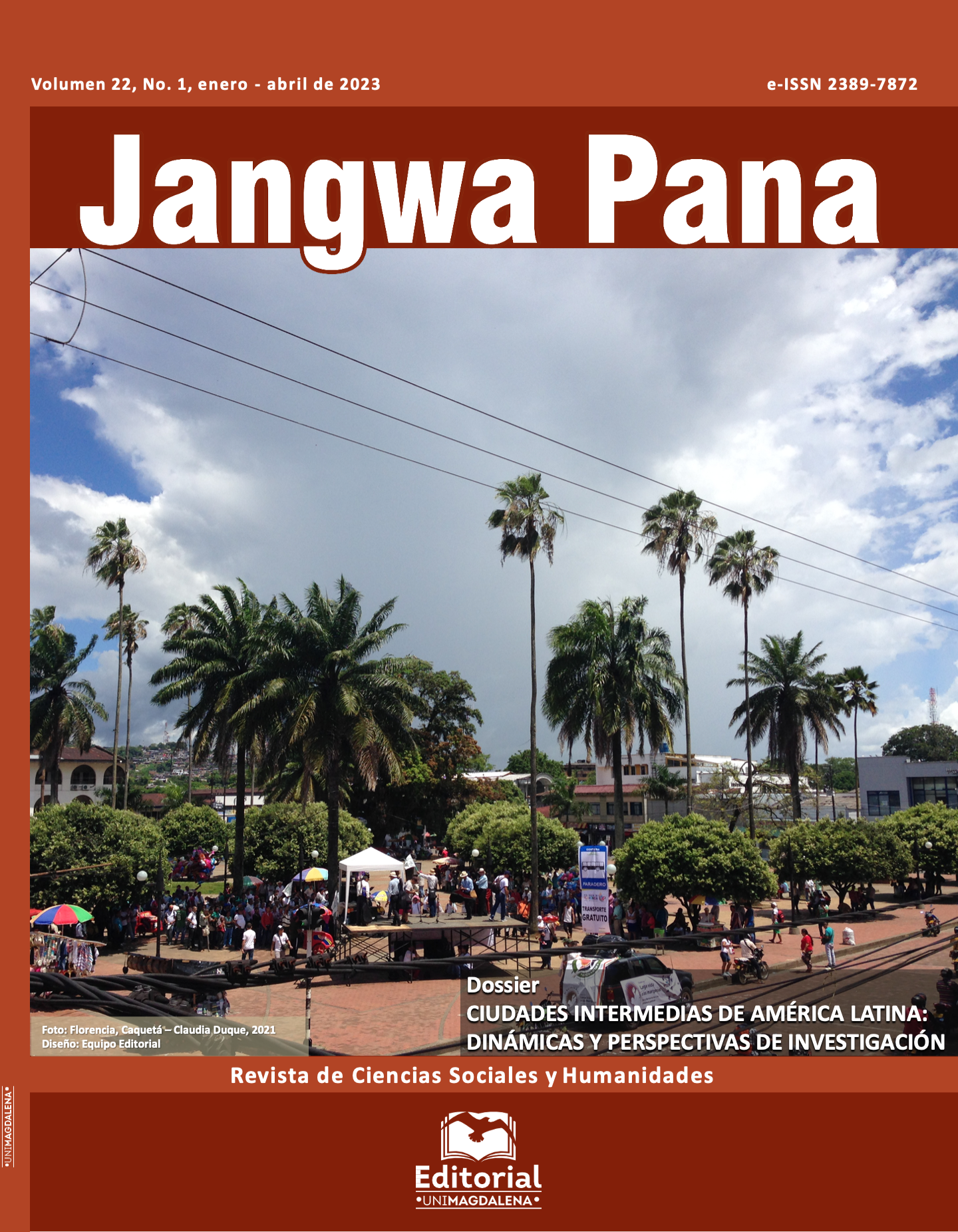Games, video games and arts: history, concepts and redefinitions in the relationship between playful universes and contemporary artistic practices
Main Article Content
Abstract
Downloads
Article Details
References
Aarseth, E. (1997). Cybertext: Perspectives on ergodic literature. Johns Hopkins University Press.
Aarseth, E. (2021). Two Decades of Game Studies. Game Studies, 21(1). http://gamestudies.org/2101/articles/aarseth_anniversary
Arseth, E. (2017). Just Games. Game Studies, 17(1). http://gamestudies.org/1701/articles/justgames
Bogost, I. (2007). Persuasive Games: the expressive power of videogames. MIT Press.
Bonner, M. (2018). On Striated Wilderness and Prospect Pacing: Rural Open World Games as Liminal Spaces of the Man-Nature Dichotomy. Digra. http://www.digra.org/digital-library/publications/on-striated-wilderness-and-prospect-pacing-rural-open-world-games-as-liminal-spaces-of-the-man-nature-dichotomy/
Bourriaud, N. (2005). Postproduction Culture As Screenplay: How Art Reprograms The World. Lukas & Sternberg.
Caillois, R. (1986 [1958]). Los juegos y los hombres. La máscara y el vértigo. Fondo de Cultura Económica.
Chang, A. (2012). Back to the Virtual Farm: Gleaning the Agriculture-Management Game. ISLE: Interdisciplinary Studies in Literature and Environment, 19(2), 237–252. https://doi.org/10.1093/isle/iss007
Chang, A. (2019). Playing Nature: Ecology in Video Games. University of Minnesota Press.
Chang, A. (2020). Rambunctious Games: A Manifesto for Environmental Game Design. Art Journal, 79 (2), 68-75. https://doi.org/10.1080/00043249.2020.1765557
Esnaola, G. et al. (2005). Aprendizaje y nuevas tecnologías: el caso de los videojuegos. XII Jornadas de Investigación y Primer Encuentro de Investigadores en Psicología del Mercosur. Facultad de Psicología - Universidad de Buenos Aires.
Flanagan, M. (2009). Critical Play: Radical Game Design. MIT Press.
Gadamer, H. (1991). La actualidad de lo bello. El arte como juego, símbolo y fiesta. Paidós.
Gintere, I. (2019). A new digital artgame: the art of the future. Journals of Rezekne Academy of Technologies. http://journals.rta.lv/index.php/SIE/article/view/3674/3867
Heinich, N. y Shapiro, R. (2012). When is artification? Contemporary Aesthetics (4). https://www.researchgate.net/publication/273921770_When_is_Artification
Huizinga, J. (2007 [1938]). Homo Ludens: El juego y la cultura. Alianza.
Manovich, L. (1998). Navigable Space. Manovich. http://manovich.net/index.php/projects/navigable-space
Manovich, L. (2005 [2001]). El lenguaje de los nuevos medios de comunicación: La imagen en la era digital. Ediciones Paidós Ibérica.
Maté, D. (2019). Los caminos del videojuego y el arte: reconfiguraciones del jugador en el walking simulator. Panambí. Revista de investigaciones artísticas (9), 19–31.
McGonigal, J. (2011). Reality is broken: why games make us better and how they can change the world. Penguin Group.
Media Art Net (s. f.). George Maciunas. Media Art Net. http://www.medienkunstnetz.de/works/fluxkit/
Michel, D. y Chen, S. (2006). Serious games: Games that educate, train, and inform. Thomson Course Technology.
Murray, J. H. (1999 [1997]). Hamlet en la holocubierta: El futuro de la narrativa en el ciberespacio. Ediciones Paidós Ibérica.
Norman, D. (2002 [1988]). The Design of Everyday Things. Basic Books.
Orueta, S. (2013). Gadamer: el arte entendido a través del juego. Scientia Helmantica. Revista Internacional de Filosofía, 1(2), 80-98. https://dialnet.unirioja.es/servlet/articulo?codigo=5822567
Pellegrinelli, D. (2010). Diccionario de juguetes argentinos: Infancia, industria y educación: 1880 - 1965. El Juguete Ilustrado Editores.
Ryan, M. (2004 [2001]). La narración como realidad virtual: La inmersión y la interactividad en la literatura y en los medios electrónicos. Ediciones Paidós Ibérica.
Sharp, J. (2015). Works of Game: On the Aesthetics of Games and Art. MIT Press.
Sutton Smith, B. (2001 [1997]). The ambiguity of play. Harvard University Press.
Wardrip-Fruin, N. (2005). Playable media and textual instruments. Seal digital. Journal for the arts and culture of digital media. http://www.dichtung-digital.de/2005/1/Wardrip-Fruin/index.htm

